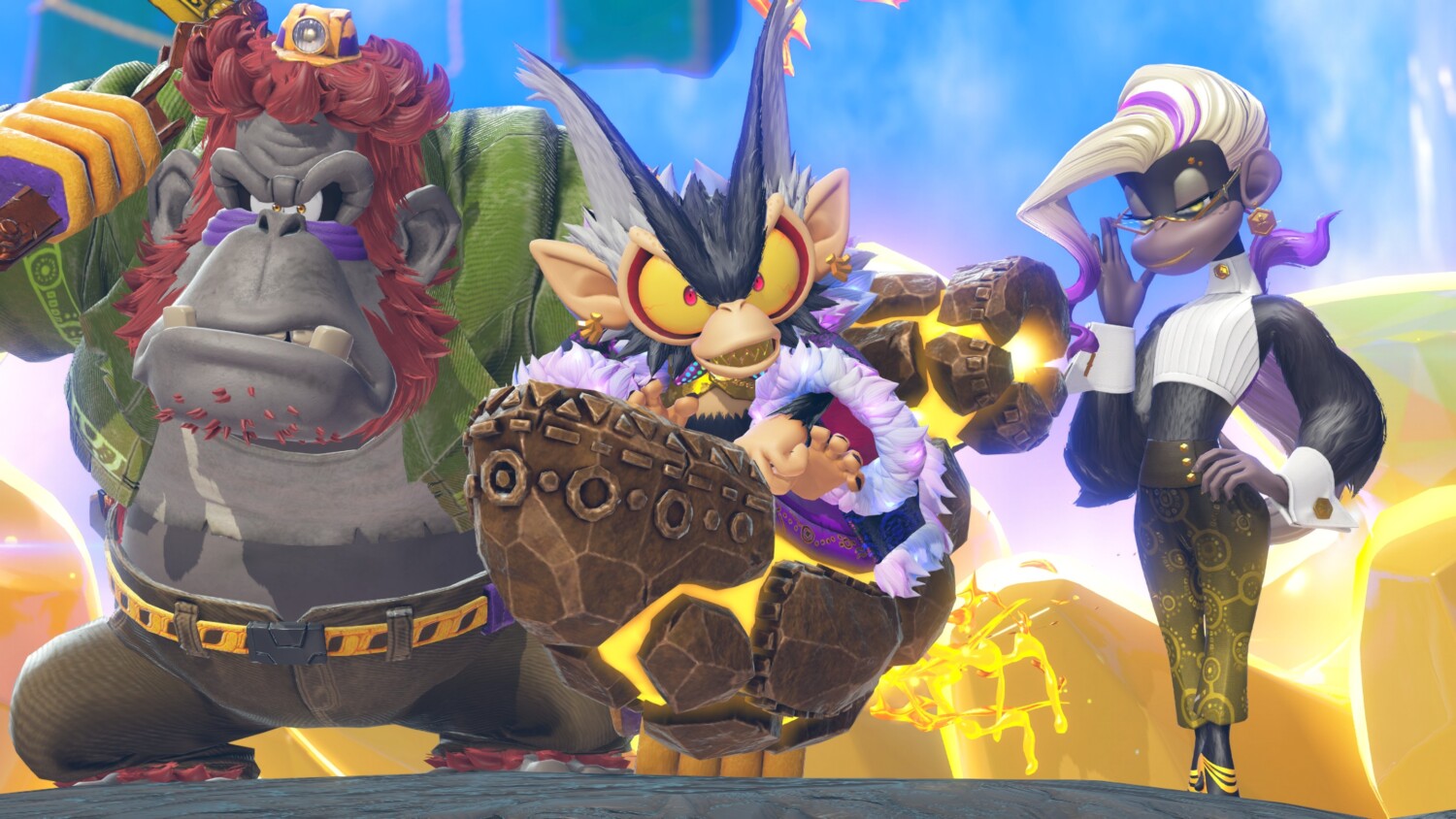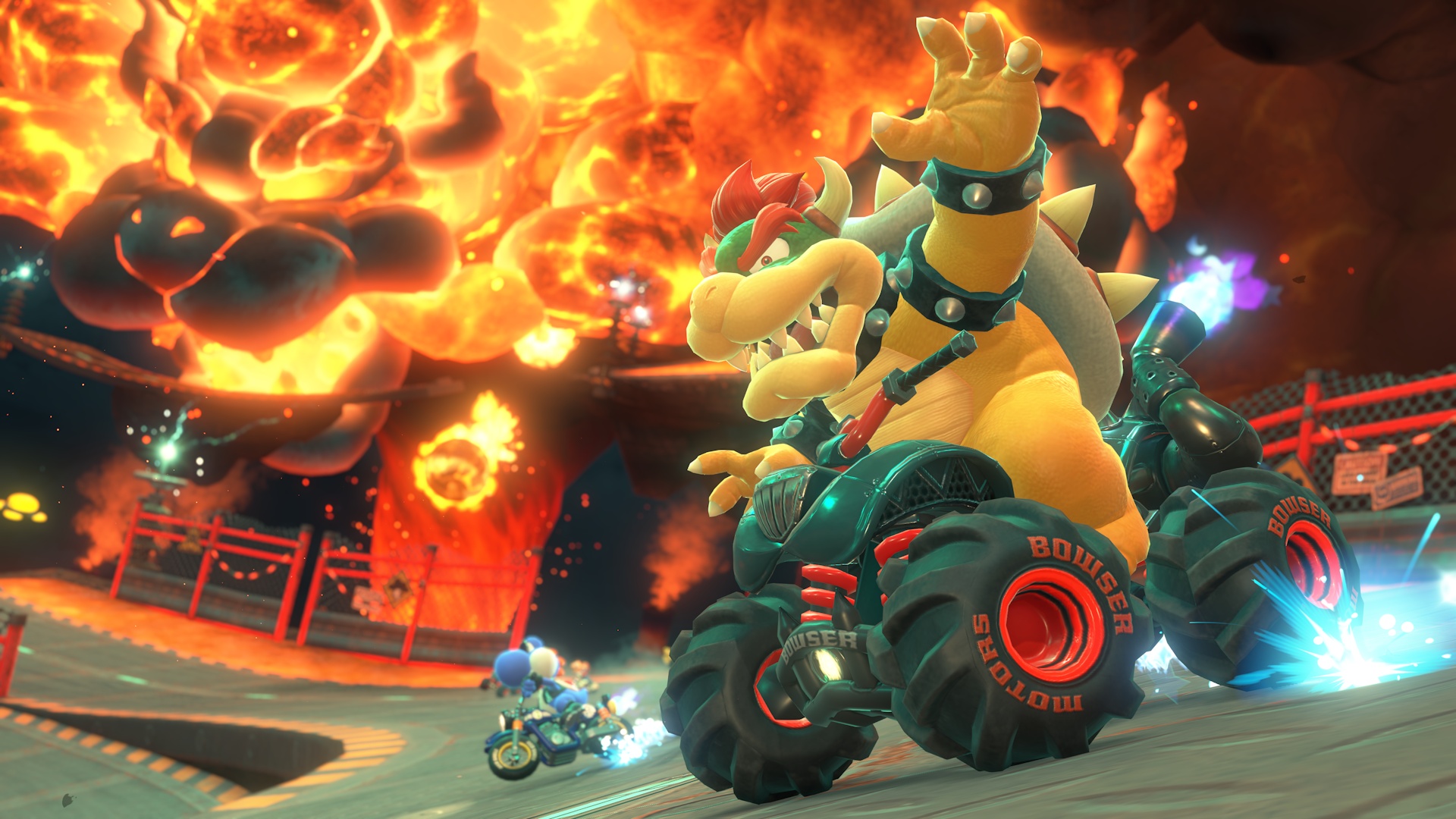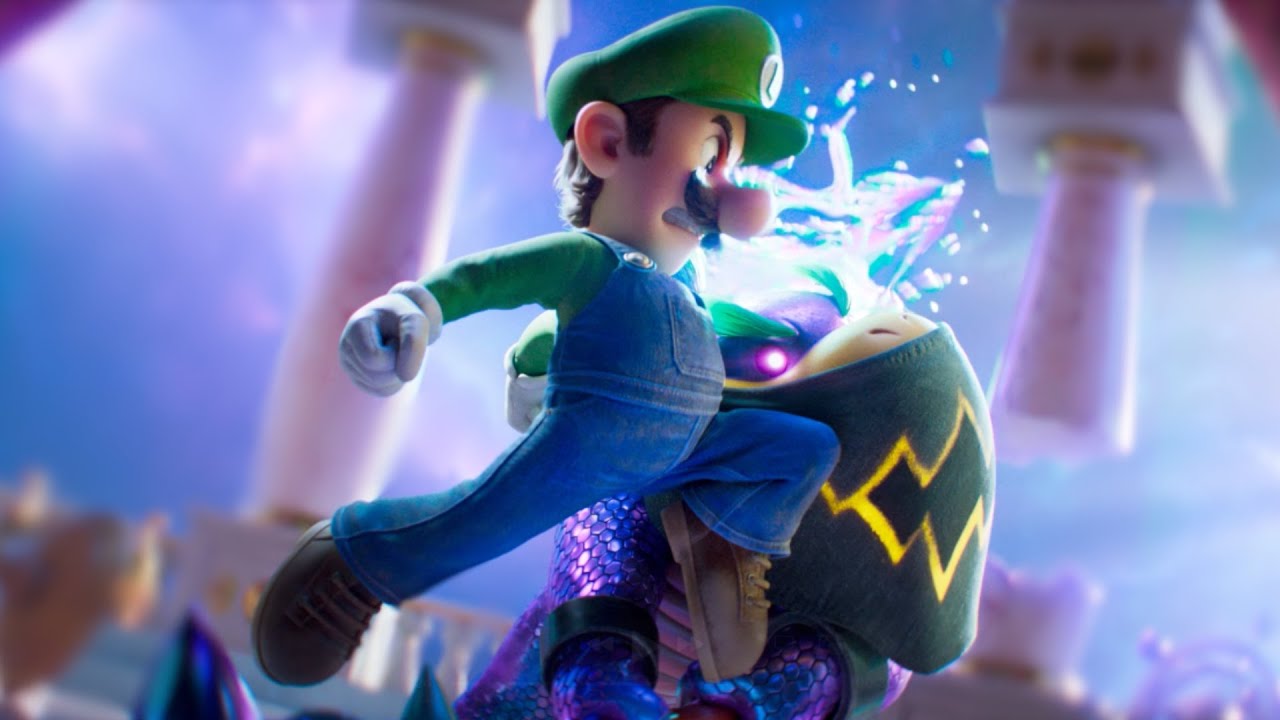Donkey Kong Bananza vs.
Super Mario Odyssey: Key Differences Explained by Developers Nintendo’s legacy of groundbreaking platformers continued with the release of Donkey Kong Bananza on the Nintendo Switch, developed by the same acclaimed team behind Super Mario Odyssey.
While both titles have drawn significant comparisons from fans and critics, recent comments from the developers in an IGN interview shed light on the distinct features that set Donkey Kong Bananza apart from its predecessor. Developed and published by Nintendo, Donkey Kong Bananza was eagerly anticipated following the global success of Super Mario Odyssey, which launched in 2017 and quickly became one of the best-selling titles on the Nintendo Switch.
Leveraging their expertise in imaginative level design and innovative mechanics, the development team sought to redefine the Donkey Kong experience for a new generation of players. One of the most significant distinctions between the two games lies in their visual and technological foundation.
As explained in the IGN interview, lead developer Kenta Motokura highlighted, "A decisive difference is that Donkey Kong Bananza was built entirely using voxel technology.
This design choice allowed the team to create an environment that capitalizes on Donkey Kong’s physical strength and interaction with the world." The use of voxels—a 3D pixel technology—permits a greater degree of environmental transformation, something not explored to the same extent in Super Mario Odyssey.
Players will notice how the destructible landscapes enhance Donkey Kong Bananza’s signature gameplay.
Yoshiaki Koizumi, another veteran developer, emphasized the importance of this approach: "Continuity of destruction shapes the level design, letting players discover new paths and secrets by breaking through walls and structures, creating a unique rhythm of exploration that is distinct from Odyssey’s more static environments." The gameplay cycle in Donkey Kong Bananza also marks a departure from Super Mario Odyssey’s formula.
Unlike Power Moons in Odyssey, Bananza introduces Banandium Gems.
By absorbing these gems, Donkey Kong earns skill points, which can be used to upgrade abilities, tailoring playstyles for both advanced and novice players.
Koichi Hayashida summarized this innovation by stating, "Banandium enables a dynamic progression system where players can focus on enhancing skills or survivability, depending on their preferred playstyle." Additionally, the developer team introduced a currency system with gold collection as a core gameplay loop.
Players can explore vast environments, unlock new items, and experience different aspects of the game world in a continuous cycle.
This feedback loop encourages exploration and experimentation, reflecting the fresh direction the development team pursued for Donkey Kong Bananza. Donkey Kong Bananza’s debut on the Nintendo Switch extends Nintendo’s tradition of evolving classic franchises.
The integration of voxel technology, continuity of destruction, skill-based progression, and a unique resource system distinguish it as a standout entry in the platforming genre.
With its deep connection to Super Mario Odyssey’s celebrated development team, Donkey Kong Bananza is poised to capture the imagination of fans both old and new. For more updates on Donkey Kong Bananza, Super Mario Odyssey, and the latest in Nintendo game development, follow IGN and stay tuned to the official Nintendo Direct presentations on the Nintendo Switch eShop.
Super Mario Odyssey: Key Differences Explained by Developers Nintendo’s legacy of groundbreaking platformers continued with the release of Donkey Kong Bananza on the Nintendo Switch, developed by the same acclaimed team behind Super Mario Odyssey.
While both titles have drawn significant comparisons from fans and critics, recent comments from the developers in an IGN interview shed light on the distinct features that set Donkey Kong Bananza apart from its predecessor. Developed and published by Nintendo, Donkey Kong Bananza was eagerly anticipated following the global success of Super Mario Odyssey, which launched in 2017 and quickly became one of the best-selling titles on the Nintendo Switch.
Leveraging their expertise in imaginative level design and innovative mechanics, the development team sought to redefine the Donkey Kong experience for a new generation of players. One of the most significant distinctions between the two games lies in their visual and technological foundation.
As explained in the IGN interview, lead developer Kenta Motokura highlighted, "A decisive difference is that Donkey Kong Bananza was built entirely using voxel technology.
This design choice allowed the team to create an environment that capitalizes on Donkey Kong’s physical strength and interaction with the world." The use of voxels—a 3D pixel technology—permits a greater degree of environmental transformation, something not explored to the same extent in Super Mario Odyssey.
Players will notice how the destructible landscapes enhance Donkey Kong Bananza’s signature gameplay.
Yoshiaki Koizumi, another veteran developer, emphasized the importance of this approach: "Continuity of destruction shapes the level design, letting players discover new paths and secrets by breaking through walls and structures, creating a unique rhythm of exploration that is distinct from Odyssey’s more static environments." The gameplay cycle in Donkey Kong Bananza also marks a departure from Super Mario Odyssey’s formula.
Unlike Power Moons in Odyssey, Bananza introduces Banandium Gems.
By absorbing these gems, Donkey Kong earns skill points, which can be used to upgrade abilities, tailoring playstyles for both advanced and novice players.
Koichi Hayashida summarized this innovation by stating, "Banandium enables a dynamic progression system where players can focus on enhancing skills or survivability, depending on their preferred playstyle." Additionally, the developer team introduced a currency system with gold collection as a core gameplay loop.
Players can explore vast environments, unlock new items, and experience different aspects of the game world in a continuous cycle.
This feedback loop encourages exploration and experimentation, reflecting the fresh direction the development team pursued for Donkey Kong Bananza. Donkey Kong Bananza’s debut on the Nintendo Switch extends Nintendo’s tradition of evolving classic franchises.
The integration of voxel technology, continuity of destruction, skill-based progression, and a unique resource system distinguish it as a standout entry in the platforming genre.
With its deep connection to Super Mario Odyssey’s celebrated development team, Donkey Kong Bananza is poised to capture the imagination of fans both old and new. For more updates on Donkey Kong Bananza, Super Mario Odyssey, and the latest in Nintendo game development, follow IGN and stay tuned to the official Nintendo Direct presentations on the Nintendo Switch eShop.






